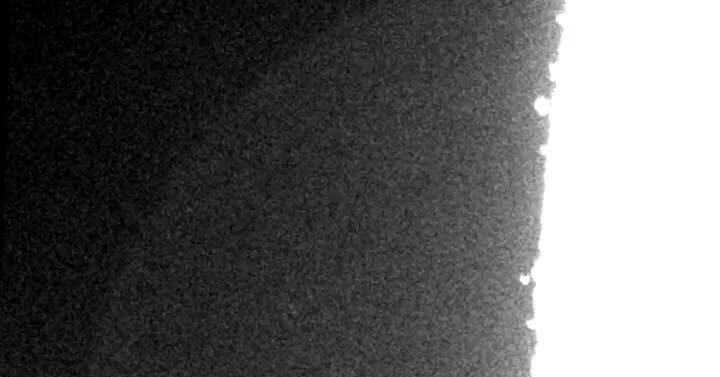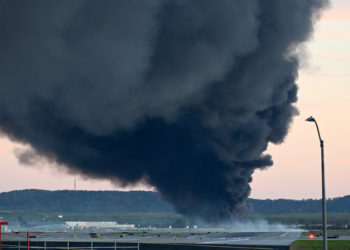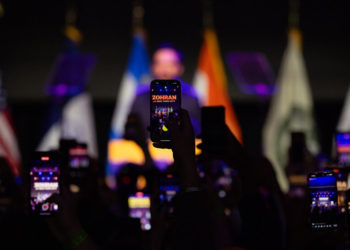I’m in Tasmania, standing at Maingon Bay, on the edge of the Southern Ocean, looking due south. There’s nothing but sea between here and Antarctica, and you can feel it on the cold wind. The coast is savage: the jagged basalt teeth of Cape Raoul, the aptly named cliffs of the Blade, extending south toward Tasman Island. The sea roars. It is also pitch black, one of the darkest places I have ever been.
But I’m not alone. Standing on the same cliff edge is a small group of total strangers. We’ve all come, alone and in twos and threes, to see the southern lights — the aurora borealis’s wilder and more elusive twin.
While we wait, looking at the sky, we share stories of other auroral nights. Of other wild days. Almost everyone here, including me, is Australian and from Tasmania. We talk of standing in the garden of a Hobart house, making hot chocolate for the neighbors while the sky pulsed green. Of taking the Maria Island ferry and the captain asking if anyone is in a hurry, before repurposing the vessel for an impromptu whale cruise to see the orcas that just appeared alongside the ship.
Darkness and a Clear View South
Before arriving in Tasmania, I had both the sense of returning to a place I know intimately, and the sense that I am now also an outsider and a tourist, having lived away for all of my adult life. Being an aurora tourist here requires a little work, a little more adventure.
The post Chasing the Elusive Southern Lights in Tasmania appeared first on New York Times.




